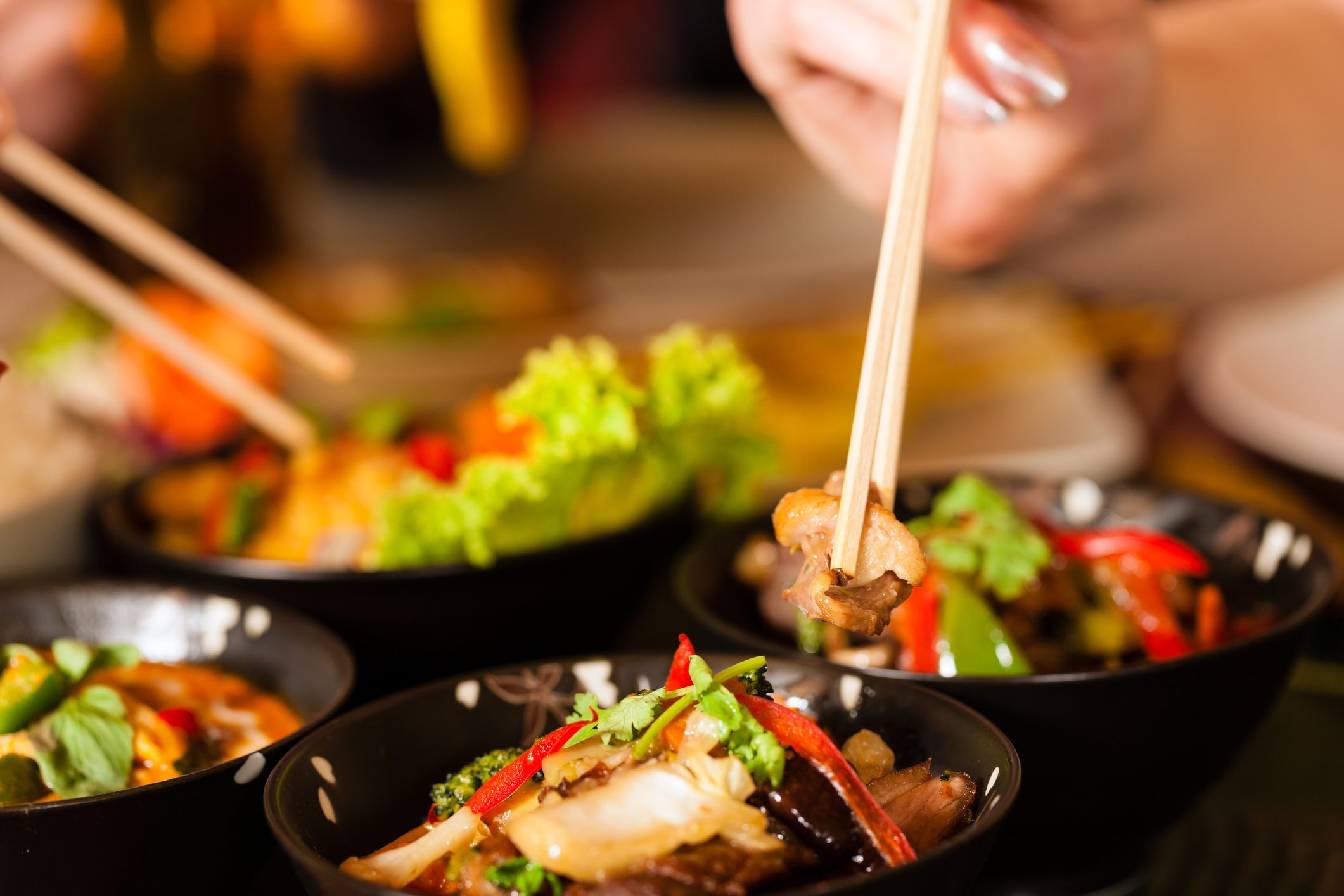The 10 Ingredients You Need for Thai Cooking
There is something quite exhilarating about the hustle and bustle of a busy Thai street market. The energy is almost tangible and the delicious aromas of some bold flavors the air. Thai cuisine is one of those things that seems complicated and difficult to replicate at home, but if you can master a few key ingredients, you will be able to whip up a few dishes that will instantly transport you to Bangkok in no time!
;Resize,width=742;)
The key to replicating dishes of specific regions is to master a few essential ingredients. Once you know what they are and how to combine them, you can quickly and easily start cooking delicious dishes with a signature flavor.
Chilies

Chilies are quite characteristic to many different cuisines from around the world, but Thai dishes are almost always fiery. Thai chilies are very hot, so use them with care. Generally speaking, smaller chilies are hotter than larger chilies, so this might help you decide on how much punch you want to add to your dish.
Lemongrass

Literally the leaves of a grass plant, lemongrass has quite a few uses to infuse a citrusy taste to Thai dishes. The stem can be crushed into paste, or the leaves only can be bruised slightly and added to a curry or soup. It is better to buy fresh lemongrass, but if you cannot find it fresh it is usually also available pre-sliced in jars. If you do manage to find fresh lemongrass, you can easily freeze it for later use.
Thai basil

There are two types of basil used. Thai basil is sweet with aniseed flavor, whereas “holy basil” is much stronger, spicy, and more peppery. It has narrower leaves and a much stronger flavor. Thai basil and holy basil can both be found at your local grocery store. If you cannot find Thai basil for your recipe, you can use aniseed.
Shrimp paste

Shrimp paste (also known as prawn sauce) is a fermented condiment made from Thai fish sauce, and it’s very popular in Southeast Asian cuisine. It has a pungent flavor and is very salty. It is delicious when added to steamed or fried rice, and it is popularly used in curry pastes. It’s also used in sambals and sauces.
Makrut lime leaves

Makrut lime leaves come from the Citrus hystrix plant. With their distinctly citrus flavor, they are great for adding to soups and Thai curries (Southeast Asian cuisine). The leaves can also be finely chopped and sprinkled over your dishes right at the end to give it a flavor punch as well as some aesthetics.
Palm sugar

Palm sugar is derived from the sap of coconut palms. You can usually find it as solid blocks at the grocery store, and it has a flavor that is similar to muscovado sugar; in fact, you can use the latter as a substitute if you are unable to find palm sugar. Use it in curry pastes or dressings, or caramelize it in a wok first before adding your stir-fry to give it some sweetness.
Galangal

Galangal (also known as Thai ginger) roots resemble ginger, but unlike ginger it has a citrusy, peppery taste. It is popularly ground up into a paste that can be used in curries. Galangal also infuses a great taste into soups if they are cut into thin sliced and added to the soup. Unlike ginger, it cannot be grated and needs to be sliced.
Limes

Thai limes (makrut limes) come from the same tree as makrut lime leaves. In Thai dishes, limes are usually added at the end of the cooking process to give them a zesty flavor. A great salad dressing can also be made from lime juice by mixing it with some palm sugar and fish sauce. The zest can also be used in savory dishes to give it extra zing.
Fish sauce

In the same way that we would use slat in our dishes, fish sauce is used in Thai cooking. Some say it’s the foundation of Thai cooking and you won’t find many recipes without it. Interestingly, not all fish sauces are made the same. Much like olive oil, some brands are definitely higher quality than others. Experiment with different brands and find one that suits your palate.
;Resize,width=767;)
;Resize,width=712;)
;Resize,width=712;)
;Resize,width=712;)
